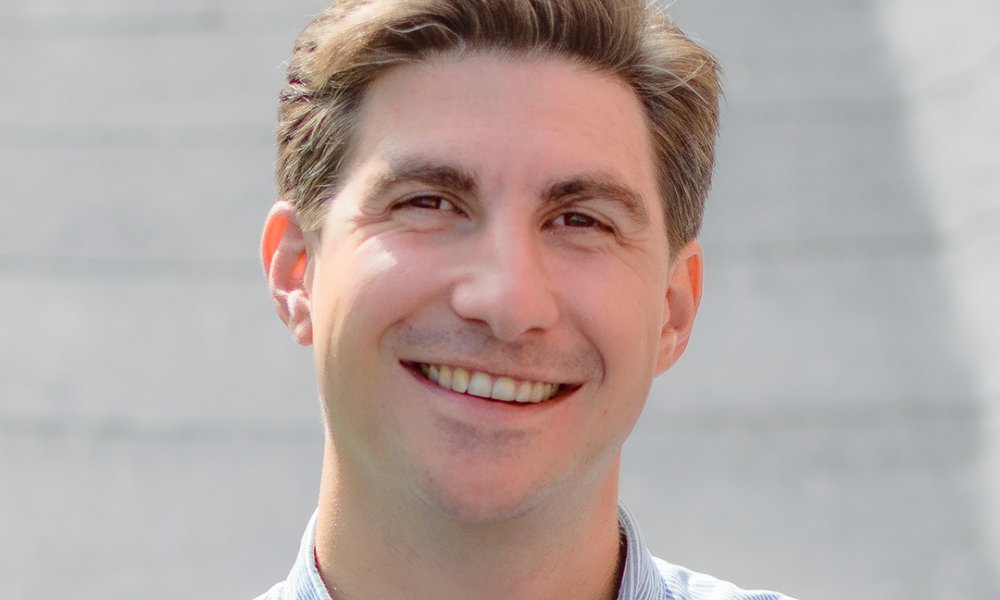ChemSec’s Patrik Witkowsky shares his views on how non-profits and investors can collaborate better to ensure safer use of chemicals, and improve their chances of achieving their sustainability goals
Let’s begin with some basics. What’s ChemSec and what do you do?
Also known as the International Chemical Secretariat, ChemSec is an independent non-profit organization based in Sweden, and we have existed since 2002. We advocate for the substitution of hazardous chemicals to safer alternatives. Perhaps the most well-known of these hazardous chemicals is PFAS ̶ a group of several thousand persistent chemicals. These chemicals, found in everything from makeup and clothing to computer chips, accumulate in our bodies and the environment. PFAS pose a risk because many of these chemicals have been proven to be hazardous to human health and wildlife, and since they break down extremely slowly these risks can compound.
We use independent research, cross-border collaboration, and various practical tools to push legislative authorities and businesses in the right direction: to induce them to transition to using non-toxic alternatives rather than continuing to use PFAS and other hazardous chemicals.
Have you experienced any promising developments so far?
The huge litigation cases in the United States, regarding PFAS, have highlighted the financial importance of addressing this issue. The universal PFAS restriction, which is on the table in the EU, is also forcing companies, both in Europe and abroad, to develop alternatives. In addition, partly thanks to investor pressure, 3M decided to exit PFAS manufacturing by the end of 2025.
On the more local scale, yet still important in terms of setting a precedent, is the Swedish Supreme Court’s decision in favour of the residents of Ronneby (a Swedish town about 500 kilometres to the south of Stockholm) who have been affected by PFAS-contaminated drinking water.
What are some important tools or initiatives in your advocacy work?
ChemScore is our information tool that ranks the world's top 50 chemical producers on their work to reduce their chemical footprint—and it is free to use by anyone who wants to. Investors draw from ChemScore data in their conversations with their portfolio companies: Having access to better information about their portfolio companies’ chemical management strategies, investors can identify viable goals and more successfully push for changes in company operations. The scorecard is released every autumn and considers how chemical companies are managing their chemical production and risks stemming from that.
We also coordinate the IIHC, the investor-led collaborative engagement initiative which brings together more than 50 institutional investors with over USD 10 trillion in assets under management or advice. The initiative aims to capitalize on the power of numbers when it comes to engaging with publicly listed chemical companies and push them to replace hazardous chemicals with non-toxic alternatives. The IIHC asks companies to establish clearly defined and time-bound plans to exit their PFAS production and transition to safer alternatives, as well as to increase transparency around their portfolio of hazardous chemicals. Our coordination work around this initiative is well-received by our investor partners, who benefit from our research and work in arranging the logistics of major undertakings such as these.
What do you need from your investor partners?
First, just like our investor partners, we too operate on a limited capacity to do research on all relevant fronts. And while we have topical expertise on toxic chemicals and identify pointers for policymakers and companies, we are in some instances, especially when regulations are weak, lacking a clear financial rationale (or as it is often described, a “business case”) for individual companies to exit toxic chemicals. ChemSec’s expertise is not primarily focused on why it makes financial and business sense to discontinue hazardous chemicals—it is a task better suited for our investor partners. Coming from inside the business and finance world, they can present fine-tuned perspectives on why this is good for business. Tangible resources, like whitepapers or case studies, would be much appreciated, as we can see what the thinking of the business world is.
Secondly, and similarly, investors can be better actors at demonstrating hazardous chemicals as a systemic risk and acting on the issue as such. If a company contaminates an area with PFAS, for example, often the costs linked to that will be paid by others. We estimate that the social costs of PFAS (remediation of water and soil, plus increased healthcare costs) are a staggering $16 trillion annually. Asset owners and managers that are approximating universal owners have an incentive to address this — if an investor owns stakes in 100 companies that operate in a PFAS-contaminated region, it’s in their interest to get the PFAS-producing company to shift behaviour, even if that one company is doing great manufacturing PFAS.
All in all, ChemSec hopes to further rely on strengths that particularly belong to investors, such as the ease at making a business case around the discontinuation of hazardous chemicals and tapping into their commitment and power as universal owners.
What do you expect to see in this realm in 2024?
Hazardous chemicals will continue to be a topic of discussion in 2024: We have been running the IIHC for about a year now, and we had the first round of company calls from January 2023 to June 2023. Now we’ve just started a new set of company calls, so it’ll be very interesting to see if the dialogues can develop and if any companies want to position themselves as a real frontrunner.
We also hope that more companies will increase their transparency around their chemicals portfolio, so that we can better see what they are producing. This would help us improve ChemScore rankings, and present better data to investors to be used in their dialogues with companies. The CSRD looks pretty good when it comes to disclosure about chemicals, so they’ll have to move in that direction anyway.
I also hope that the issue of toxic chemicals will become an even more important parliamentary discussion at the EU level, given the upcoming elections.
Note: This is an opinion by an external contributor, providing an expression of views held by them and the organization they represent.







